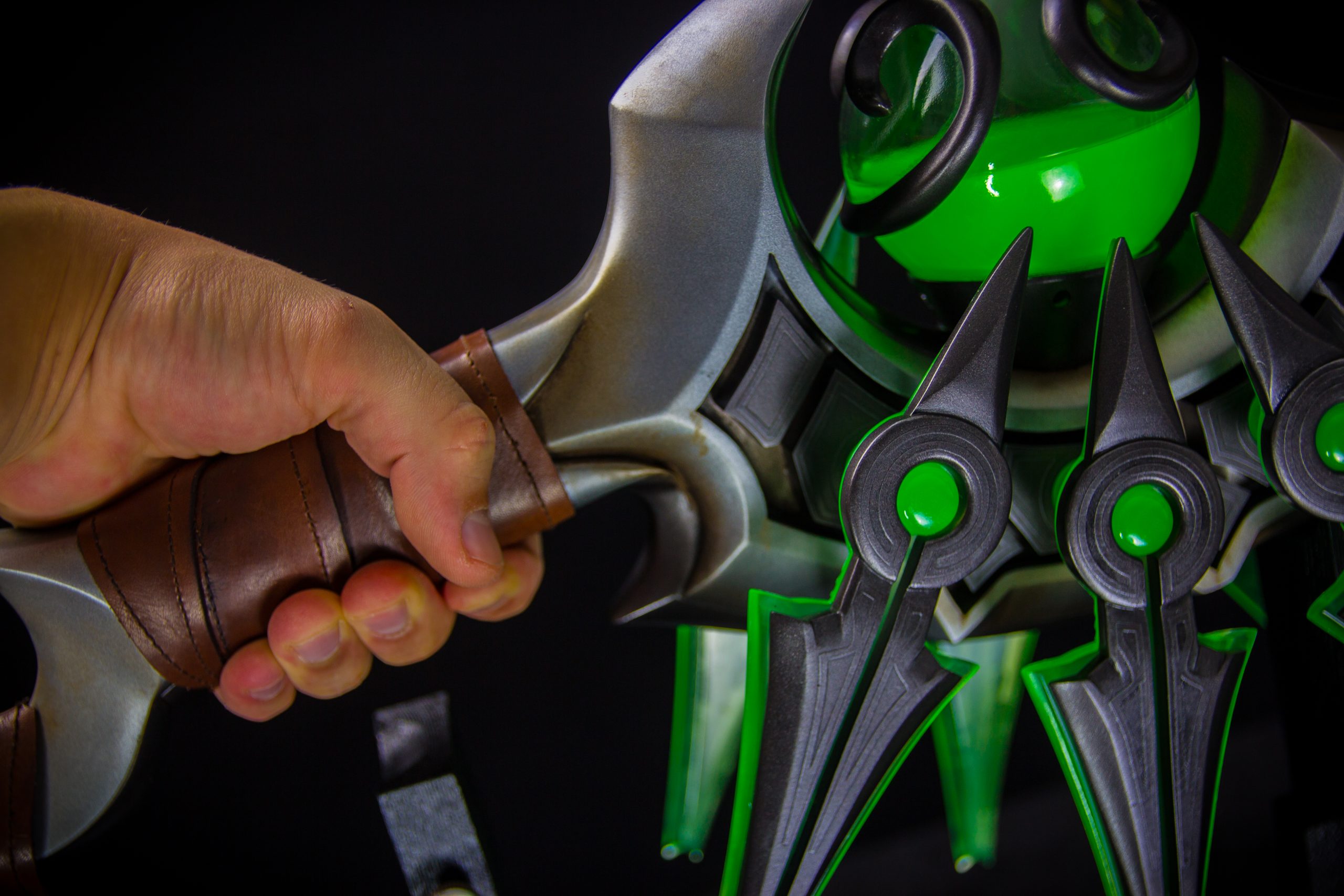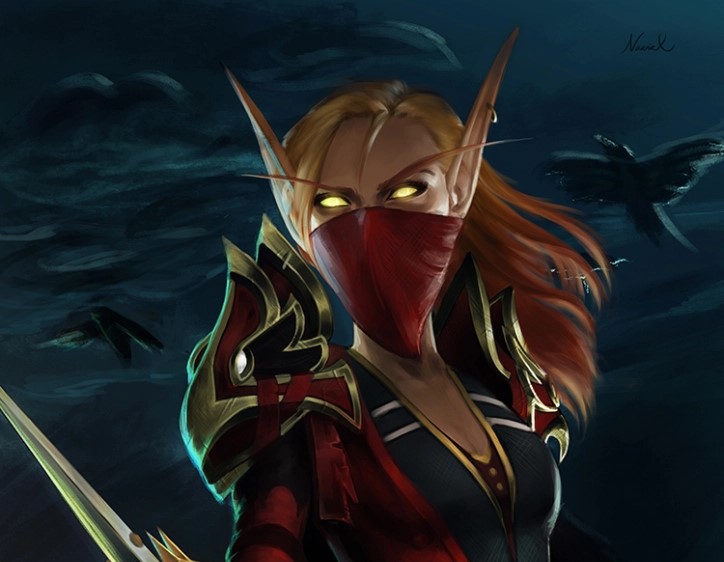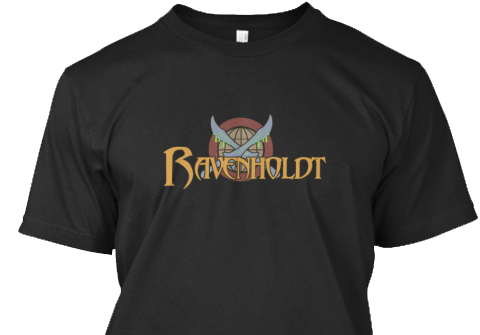If you’ve been hanging out on Twitter, you may have seen previews of Martin Veznaver’s Assassination Artifact Weapons in process. This pro-maker has created an absolutely stunning real life prop version of the green Heart Stopper skin. Now that the daggers are complete, he has agreed to chat with us about them and about what he does.
[ngg_images source=”galleries” container_ids=”4″ display_type=”photocrati-nextgen_basic_thumbnails” override_thumbnail_settings=”0″ thumbnail_width=”240″ thumbnail_height=”160″ thumbnail_crop=”1″ images_per_page=”10″ number_of_columns=”10″ ajax_pagination=”0″ show_all_in_lightbox=”0″ use_imagebrowser_effect=”0″ show_slideshow_link=”1″ slideshow_link_text=”[Show slideshow]” template=”/home/sacred76/public_html/wp-content/plugins/nextgen-gallery/products/photocrati_nextgen/modules/ngglegacy/view/gallery-caption.php” order_by=”sortorder” order_direction=”ASC” returns=”included” maximum_entity_count=”500″]
Obviously, you have some familiarity with the game – do you rogue?
Yeah, Rogue was the first class I ever played on WOW, I got into playing around the time of Wrath of the Lich King. I have always been a fan of stealth growing up playing games like metal gear solid and splinter cell so the rogue class definitely jumped out at me when creating my first toon, there’s something very enjoyable about lurking in the shadows and dealing DPS like only a rogue knows how. Unfortunately, I don’t really get the opportunity to play anymore, but I love that my work allows me to remain part of such a great community.
What do you enjoy most about the game?
I definitely consider myself a bit of a collector so My favourite part of the game is the ability to track down and collect rare weapons, mounts and gear. I remember flying around storm peaks for longer than I care to admit getting my Time lost proto drake. That aspect of the game gives me a real buzz.

They look so fetching!
Are these daggers your first WoW project?
Yes, these daggers are my first project from WOW but certainly won’t be my last, I always love seeing what the developers will bring us with each new expansion and really love the aesthetic of the gear, it also offers me a really fun challenge in that I have to figure out how to create the magical aspect of each item and how it will be replicated in a real world prop that you can physically hold.
Why these daggers?
I was really inspired by some of the material that was released for Legion and was drawn to the artifact weapons and in particular, the sets that were available for rogues. Most of the sets piqued my interest but I settled on the Heart Stoppers as they look diabolically badass.
What inspired you to choose them?
I wanted to set myself a bit of a personal challenge, both with my technical ability but also push the boundary into using some materials that I haven’t worked with before. However, in hindsight, it was a large undertaking as the finished daggers have 42 individual parts that each had to be hand sculpted. The design of these blades instantly stood out for me, I love the fan of knives style fins, the completely unnecessary spiked pommel hanger and the poison phial that crowns each blade. The whole design screams rogue.

Thanks to Wowhead’s model viewer for the in-game version.
They look so real – what are they made of?
The finished daggers are cast in two types of Polyurethane resin; one clear and the other that cures opaque white. There is also some glass and of course as a rogue weapon it needed some leather. The parts are then sprayed with automotive paints to emulate the appearance of various metals.
How long did it take you?
Quite embarrassingly this build took me a grand total of 2 years start to finish.

And now, the same in real life…
This was a personal project with no client commissioning it to be made, so repeatedly had to be pushed to the side as other paid work came in. At the time that I started, I only had a selection of power tools and hand tools to work with so each piece was meticulously hand sculpted (no 3D printing was used in the creation of this project.) Since then I now have 3D printing capability in the studio so some of the time-consuming aspects of prop making can be sped up.
Tell us a bit about your process and materials.
For the basis of this project, each piece starts the same way. Initially, the artwork is processed in graphics software so that I can reduce it down to a simple line drawing of the full sized dagger.
This linework is drawn out full size so I have reference to build to and can also cut out paper templates which I use to cut each piece out of MDF (medium-density fibreboard). The cut pieces are then shaped using saws files and abrasive papers to get the shape that I require. MDF is very porous and does not like to hold a sharp edge, so each part is stabilised with CA glue (super glue).
The glue is allowed to fully cure and then each part is then sanded smooth and primed with automotive primer. Each of these pieces becomes my mould master which I use to create a silicone mould so that I can replicate each part over and over again in Polyurethane resin. The PU plastic parts are then primed assembled and painted with automotive paints to match the original artwork or customers requirements.
[accordions][accordion active=”” title=”Click here to see the build step-by-step”]

For the basis of this project each piece starts the same way. (Wowhead model viewer)

Initially art work is processed in graphics software…

…so that I can reduce it down to a simple line drawing of the full sized dagger.

This line work is drawn out full size so I have reference to build to and can also cut out paper templates which I use to cut each piece out of MDF.

The cut pieces are then shaped using saws files and abrasive papers to get the shape that I require.

MDF is very porous and does not like to hold a sharp edge, so each part is stabilized with CA glue (super glue)The glue is allowed to fully cure and then each part is then sanded smooth and primed with automotive primer. Each of these pieces becomes my mould master which I use to create a silicone mould so that I can replicate each part over and over again in Polyurethane resin.

Image 1: An oversized piece of styrene is cut to form a base for the mould, oil based clay is laid down around the half way point of the part to be moulded. Image 2 & 3: A retaining wall is built up around the part using styrene and super glue. Image 4: Registration marks are added using the back of a paintbrush, which will ensure both halves of the mould line up properly later on in the process. Image 5: Silicone is measured, mixed and then poured into the lowest part of the mould and left to find its own level. Image 6: The silicone is left to fully cure, with this silicone it is 6 hours. Image 7: Once fully cured the retaining walls are removed the part gets flipped over and any residual clay cleaned from the part. Image 8: Retaining walls are rebuilt to form the second part of the mould and everything gets sprayed with mould release to prevent the freshly poured silicone sticking to the previous layer. Image 9: Pour spouts and air vents are added using dowels, these will form risers for air to escape later in the process eliminating air entrapment. Image 10: A second batch of silicone is measured mixed and then poured over the part. Image 11: The silicone is left to fully cure. Image 12: Once fully cured the retaining walls are removed. Image 13: Pour spouts and air vents are removed and the two halves of the mould separated. Image 14: Finally the mould master can be removed from the newly formed mould. Image 15: The mould is closed back up, and two plates are cut to match the top and bottom of the mould. Elastic bands are applied to keep everything together and then resin is poured into the mould to replicate the part. This process was completed for each part of the dagger.

The PU plastic parts are then primed assembled and painted with automotive paints to match the original artwork or customers’ requirements.
[/accordion][/accordions]
Making props is obviously something that you are superior at. Is this what you do as a profession or is it just a hobby?
For as long as I can remember I have always been making things, I find it very relaxing and enjoy the challenges and skills that each new project requires to complete. Initially, it was my hobby but has grown into my full-time profession and I founded Made It Up Studios, I take on private commissions for everything from replica film and game props to industrial commissions for bespoke pieces used in events and advertising. If you can’t find what you are looking for in the shops, chances are that I can make it for you. I love the diversity of work that I get asked to create.
A couple of months ago I was in New Zealand at Weta Workshop. Seems like the kind of place you’d fit right in. Any aspirations to go in that direction?
Funny you should ask that, it is actually my dream to move over to New Zealand and join the talented team at Weta Workshop, I would love to work in the film industry, so if anyone from Weta is reading this please hire me.
How do you learn all of the skills that you need for your projects? Do you take classes or figure it all out for yourself?
I have been formally trained to use all of the machinery that I use on a daily basis, but the majority the skills needed are learned along the way, I love tackling a new project that will require me to learn a new skill I feel very lucky to be part of this industry of makers, there are some incredibly talented makers and content creators out there that share their techniques so that others can start making things for themselves.
 You mention that you are trained on the machinery that you use. I imagine that you must have more traditional skills as well: leatherworking, metalsmithing, sewing, etc. As a silversmith and former cosplayer myself, I can appreciate the amount of work that each of these skills take. Do you pick up skills like these as you go along, or do you have a solid foundation of traditional skills that you can use to supplement the more modern casting, 3D printing, etc.?
You mention that you are trained on the machinery that you use. I imagine that you must have more traditional skills as well: leatherworking, metalsmithing, sewing, etc. As a silversmith and former cosplayer myself, I can appreciate the amount of work that each of these skills take. Do you pick up skills like these as you go along, or do you have a solid foundation of traditional skills that you can use to supplement the more modern casting, 3D printing, etc.?
The 3D printing aspect is a very new development in the methods that I use for prop making and has been self-taught, the training needed for creating 3D models digitally however I learned at university studying Design for Industry. The software capabilities now are far superior but the overall method remains very similar. The high school that I attended was a technology college, so we had the opportunity to study everything from electronics, textiles, product design and graphic design which I have continued my learning keenly over the years and went on to study 3D Design at college; the wealth of skills I picked up there come in extremely useful when designing and building props. It is very rare to produce something and only use one medium, I find that on most builds the line blurs between disciplines so it is fortunate that I am as comfortable using a sewing machine as a band saw or sculpting tools. I find that most skills are transferable and make learning new techniques easier, I quite often have to tackle a new problem and learn a new skill in the process, which is one aspect of my work that gives me a huge sense of job satisfaction.
What’s next? Any more daggers on the horizon?
I hope so, I love creating real-world objects from iconic games and films. I accept commissions from individuals and companies and can be contacted through my website www.madeitup.co.uk or by email martin@madeitup.co.uk
Fantastic, thank you for talking to us and showing us these amazing daggers. I can’t get over how great they look. Also, I was going to ask Horde or Alliance…but I guess it’s For the Horde!
Follow Martin on Twitter: @Madeitupstudios
Check out some of his (amazing!) other projects on his website: www.madeitup.co.uk
Weta, don’t pass this guy up!




